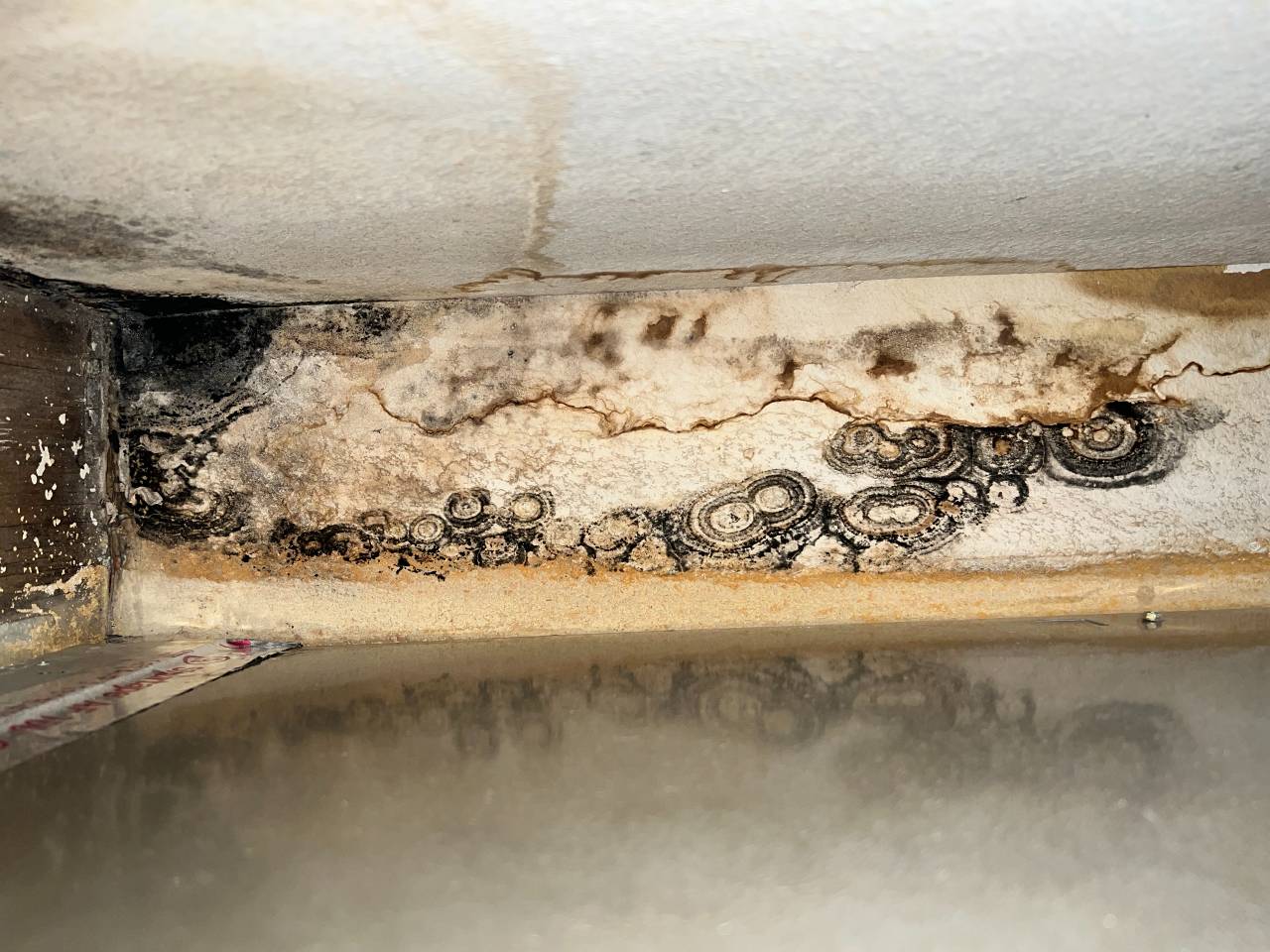Effective Message Mold Remediation Solutions for Your Home
Mold and mildew growth in homes can be a persistent issue, often needing a methodical approach for reliable post-remediation services. From understanding the elements that add to mold growth to executing appropriate cleaning methods and moisture control steps, the procedure can be elaborate yet critical for keeping a healthy and balanced living atmosphere. what to do after mold remediation.
Recognizing Mold And Mildew Development Aspects
The key aspect contributing to mold development is dampness. Mold and mildew spores need dampness to thrive and germinate, making damp or wet atmospheres highly vulnerable to mold and mildew problems.

In addition, airflow and light direct exposure can impact mold growth. Locations that do not have correct air flow and natural light are extra prone to mold development. By addressing these factors comprehensively, people can efficiently minimize mold and mildew growth and secure their living atmospheres.
Appropriate Mold Cleansing Strategies
Making use of effective cleaning techniques is crucial in protecting against the reoccurrence and addressing of mold and mildew contamination in indoor atmospheres. The initial step in appropriate mold cleaning is to contain the affected location to avoid the spread of spores to unpolluted locations.

Carrying Out Wetness Control Measures
To successfully protect against mold and mildew growth and contamination in interior settings, implementing moisture control actions is extremely important. Dampness is the primary factor that gas mold and mildew growth, making it critical to take care of moisture levels within the home. One efficient action is to utilize dehumidifiers to keep interior humidity levels below 60%. In addition, guaranteeing proper ventilation in locations vulnerable to moisture accumulation, such as shower rooms and cooking areas, can help in reducing the risk of mold and mildew development. Frequently examining and fixing any type of leaks in plumbing, roofs, or windows is likewise important in avoiding excess moisture accumulation. Utilizing exhaust followers while cooking or showering, and permitting air flow by maintaining furniture somewhat far from walls can assist in dampness control. Using moisture-resistant materials in high-humidity areas, such as mold-resistant drywall and paints, can be helpful. By faithfully carrying out these moisture control actions, homeowners can efficiently minimize the likelihood of mold recontamination and preserve a healthy and balanced interior environment.
Using Natural Removal Solutions
After efficiently carrying out dampness control actions to prevent mold growth in indoor settings, property owners can now explore the performance of natural removal solutions in maintaining a healthy living area. All-natural removal remedies use eco look at this site pleasant techniques to combat mold and mildew and mildew, making them a preferred choice for those seeking non-toxic alternatives. One such service is making use of vinegar, a natural antimicrobial agent, to clean and disinfect surfaces infected by mold and mildew. remove mold on books Merely thin down vinegar with water and spray it onto the impacted areas, permitting it to rest for a couple of hours before wiping clean. Additionally, tea tree oil, recognized for its antifungal residential or commercial properties, can be combined with water and sprayed onto mold-infested surfaces to prevent additional growth. An additional all-natural alternative is hydrogen peroxide, which can successfully kill mold on different surfaces without leaving hazardous deposits behind. By including these natural removal options into their cleaning regimens, homeowners can effectively battle mold and mildew development while advertising a much healthier indoor setting on their own and their families.

Maintaining a Mold-Free Environment
Routinely examining areas prone to mold and mildew growth, such as shower rooms, kitchens, basements, and attics, is essential. Correct air flow in locations with high moisture degrees is additionally essential to avoiding mold growth.
In addition, maintaining sanitation in the home is crucial for mold and mildew avoidance. Frequently cleansing and cleaning surface areas, carpetings, and furniture can assist get rid of mold spores prior to they have a chance to increase and resolve. Utilizing mold-resistant products for construction products and furnishings can better aid in producing a mold-free environment. Last but not least, maintaining indoor plants in check and making sure appropriate drain in outside landscaping can minimize wetness accumulation, minimizing the probability of mold and mildew infestations. By complying with these positive upkeep methods, house owners can effectively support a mold-free home.
Verdict
Finally, it is vital to resolve mold growth variables, make use of appropriate cleaning strategies, apply dampness control procedures, use all-natural remediation remedies, and maintain a mold-free atmosphere in order to effectively manage article mold and mildew remediation in your house - After mold remediation. By complying with these approaches, you can prevent mold from recurring and make sure a healthy and balanced living setting for you and your household
The primary element contributing to mold development is wetness. Mold spores call for wetness to germinate and thrive, making damp or damp environments highly susceptible to mold and mildew problems.To efficiently avoid mold and mildew development and contamination more in indoor atmospheres, implementing moisture control measures is critical. Additionally, guaranteeing appropriate ventilation in locations prone to moisture accumulation, such as kitchens and bathrooms, can help reduce the risk of mold development.After effectively executing moisture control steps to prevent mold and mildew growth in indoor environments, property owners can now discover the effectiveness of natural removal options in maintaining a healthy and balanced living room.